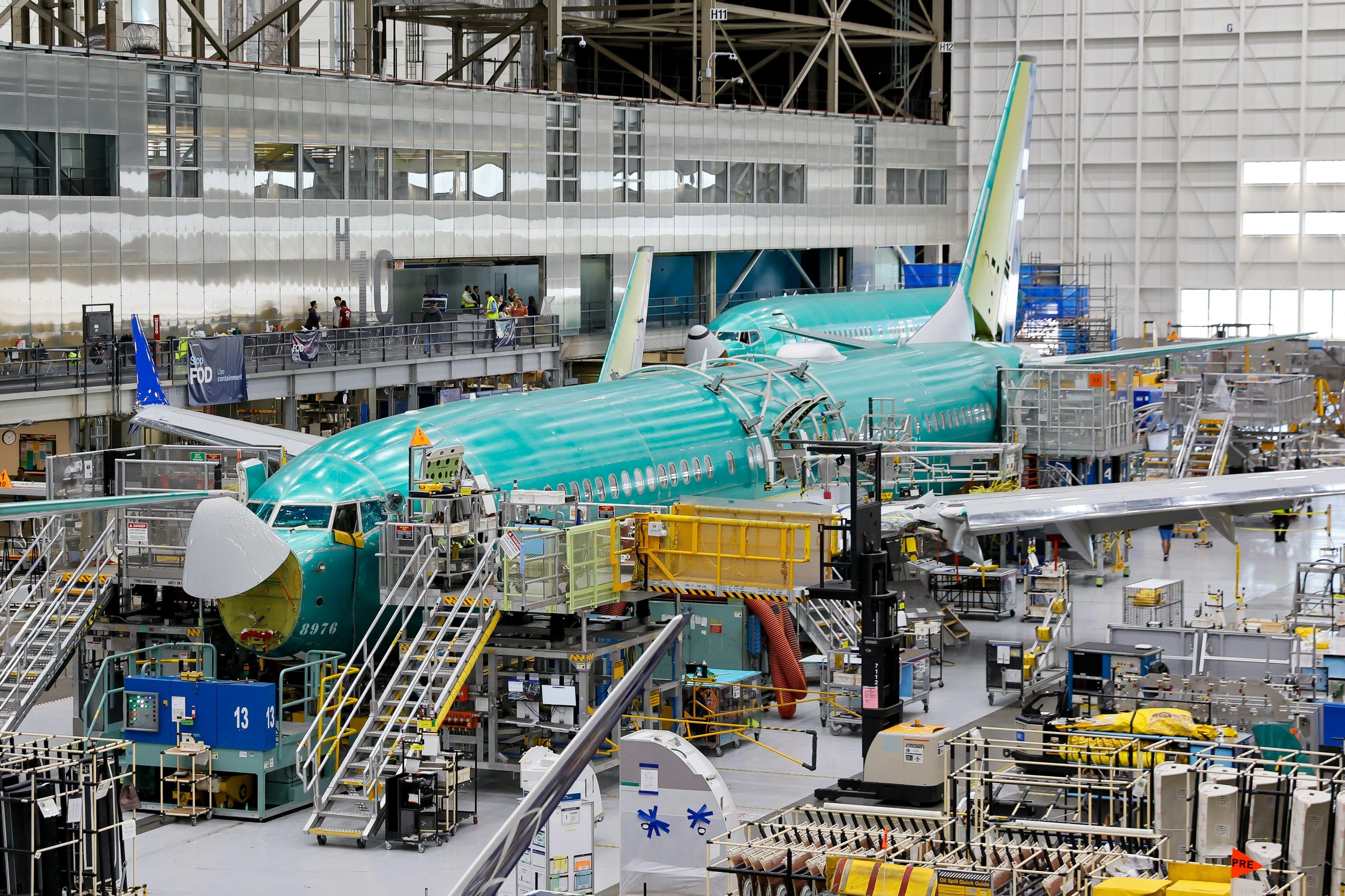
AeroGenie — 您的智能副驾驶。
热门趋势
Categories
Inside All Nippon Airways’ Vision for Autonomous Ramp Operations
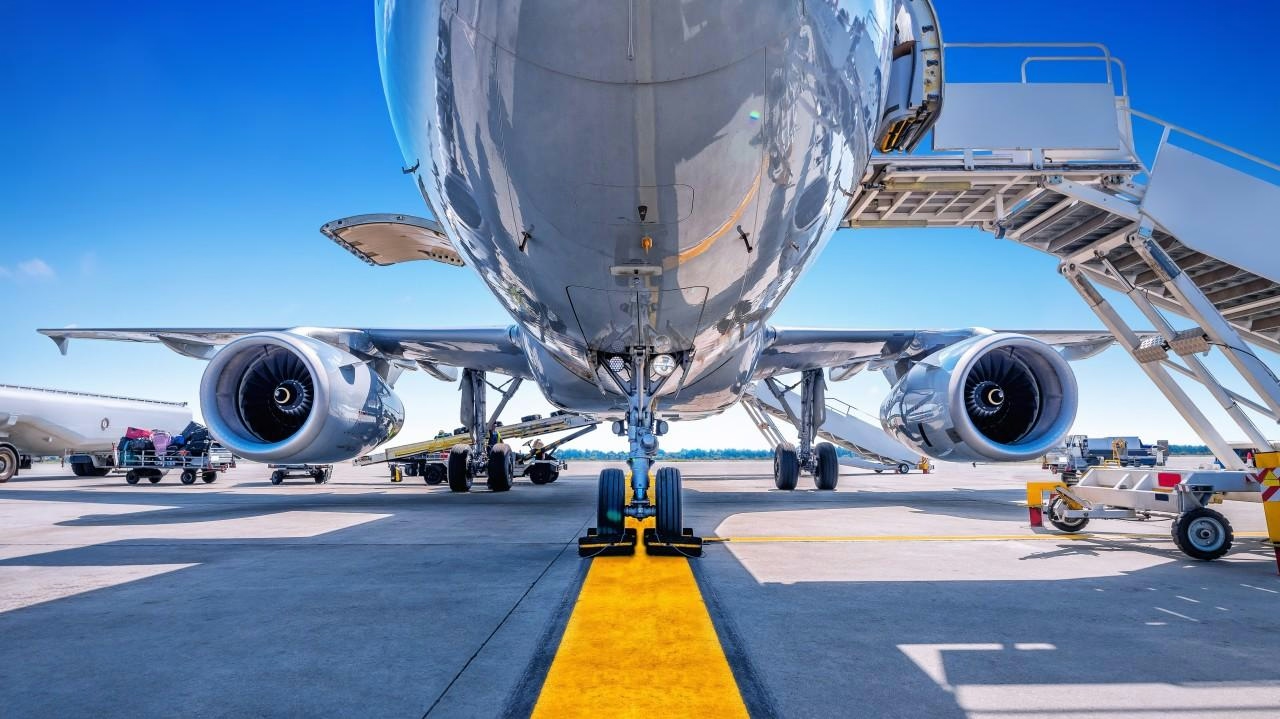
Inside All Nippon Airways’ Vision for Autonomous Ramp Operations
All Nippon Airways (ANA) is pioneering a transformative approach to ramp operations by integrating advanced autonomous technologies with human collaboration. Central to this initiative is ANA’s participation in the FTE Smart Ramp program, which seeks to revolutionize aircraft turnaround processes through full automation and enhanced efficiency.
Innovation and Collaboration at the Forefront
Tom Kikuchi, ANA’s Head of Innovation, will present the airline’s vision at the upcoming APEX FTE Asia Expo in Singapore. His presentation, titled “Smart Ramp for the future model of the turnaround operation with autonomous driving vehicles connecting harmoniously with people,” will explore ANA’s innovative strategies and the valuable lessons gained throughout their development journey. Kikuchi acknowledges the complexity of innovating in ground handling, citing the diversity of Ground Support Equipment (GSE) and the demanding nature of ramp workloads as significant challenges. He stresses that successful integration of new technologies requires a profound understanding of existing operations and a willingness to drive change across the industry.
The FTE Smart Ramp initiative serves as a catalyst for collaborative progress, with ANA working alongside industry partners to address the multifaceted challenges of ramp turnaround operations. Kikuchi highlights that no single solution fits all scenarios, making cooperation essential, especially as airlines contend with constrained investment budgets and escalating operational demands.
Advancements and Challenges in Autonomous Technology
A flagship project within ANA’s strategy is the development of an autonomous towing tractor for cargo, slated to commence operations in December 2025. This Proof of Concept (PoC) has involved extensive testing and open collaboration with industry stakeholders, enabling ANA to refine both the technology and its integration with existing ramp infrastructure.
Despite these advancements, ANA faces considerable obstacles, particularly in securing regulatory approval. Autonomous vehicles must comply with rigorous safety and operational standards, a process that Kikuchi describes as “a complex undertaking.” The airline is actively engaging with the Japan Civil Aviation Bureau (JCAB) to ensure the technology meets all necessary regulatory requirements. Additionally, integrating autonomous systems with legacy equipment and facilitating seamless interaction between human workers and machines remain significant challenges.
Market response to ANA’s initiative has been notable, with competitors expressing growing interest in autonomous solutions and exploring various innovations to enhance operational efficiency and maintain competitiveness.
The Human-Machine Synergy
Kikuchi remains optimistic about the future, emphasizing that the true value of ANA’s approach lies in the harmonious collaboration between humans and autonomous systems. While automation offers clear benefits in safety, productivity, and sustainability, he asserts that technology alone cannot drive this transformation. Instead, it is the synergy between people and machines that will shape the future of ramp operations.
As ANA advances its innovation journey, its experience may provide a valuable blueprint for the wider aviation industry, illustrating how technological progress and human expertise can jointly redefine airport operations for the years ahead.
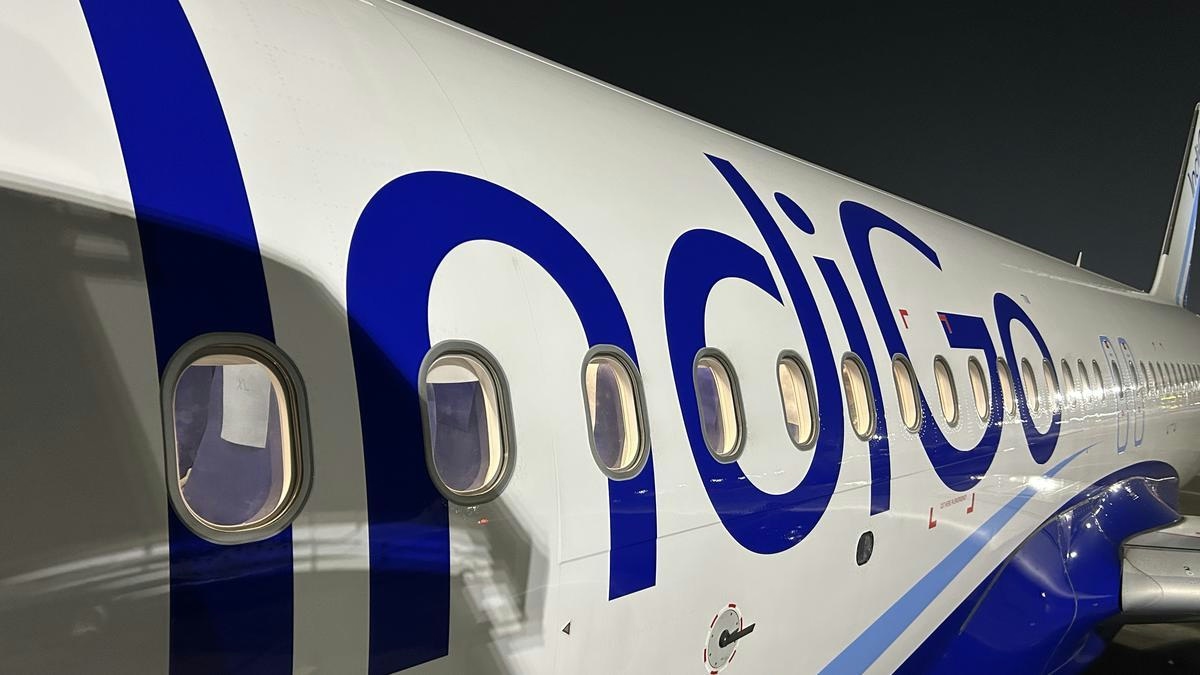
IndiGo to Deploy Wide-Body Aircraft on Vijayawada-Hyderabad Route, Says MP
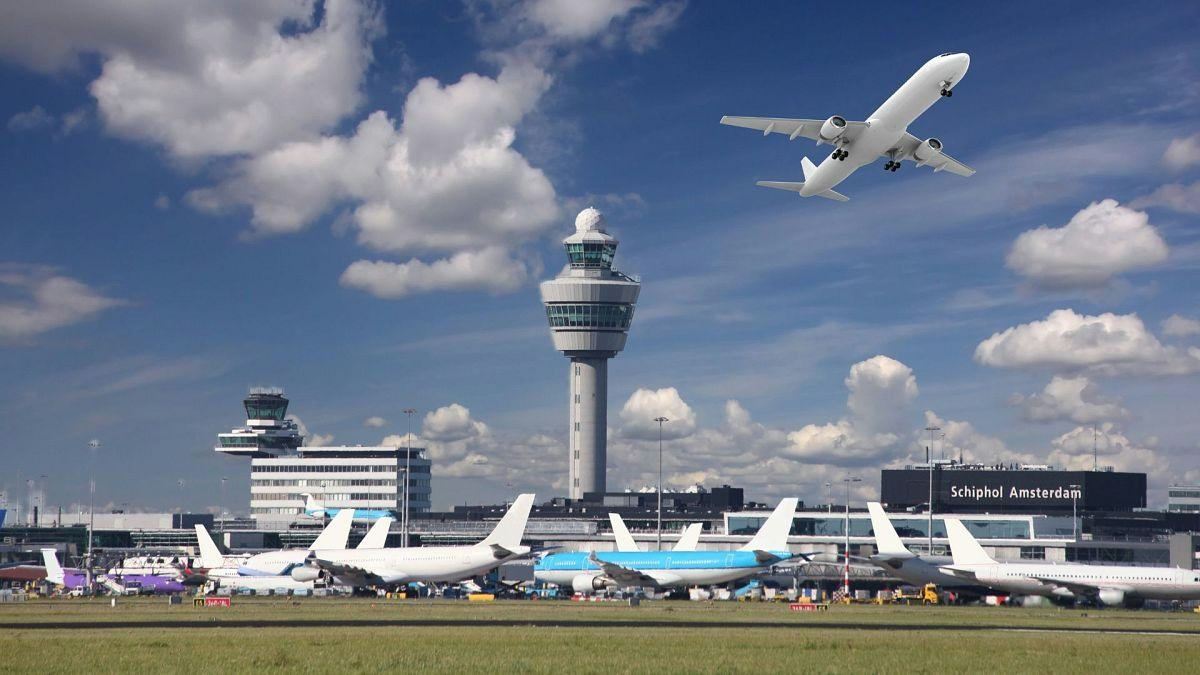
Europe Unveils New Aviation Strategy to Promote Cleaner, Faster Flights
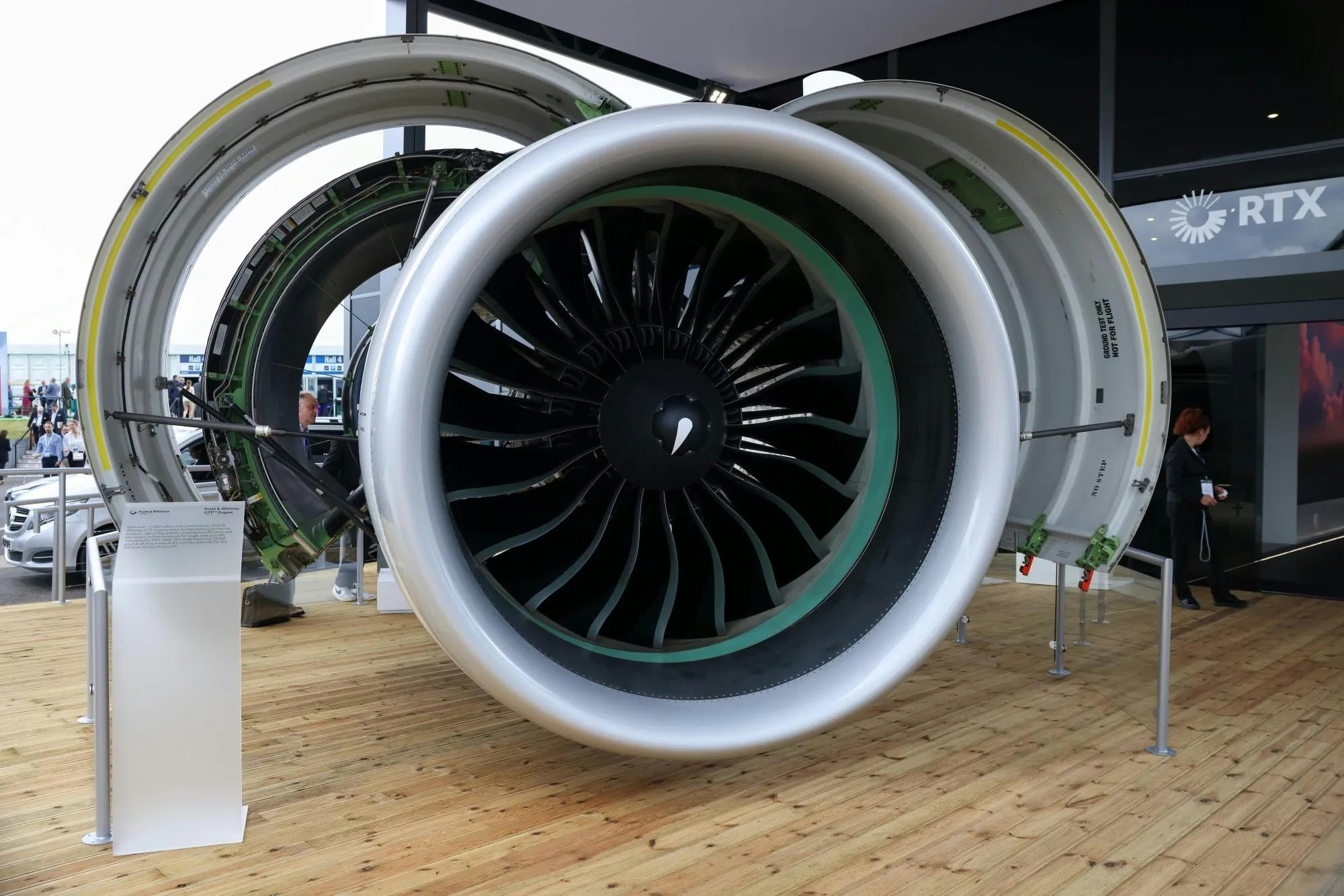
Spirit Signs Agreement with Pratt & Whitney Units on Aircraft Engines
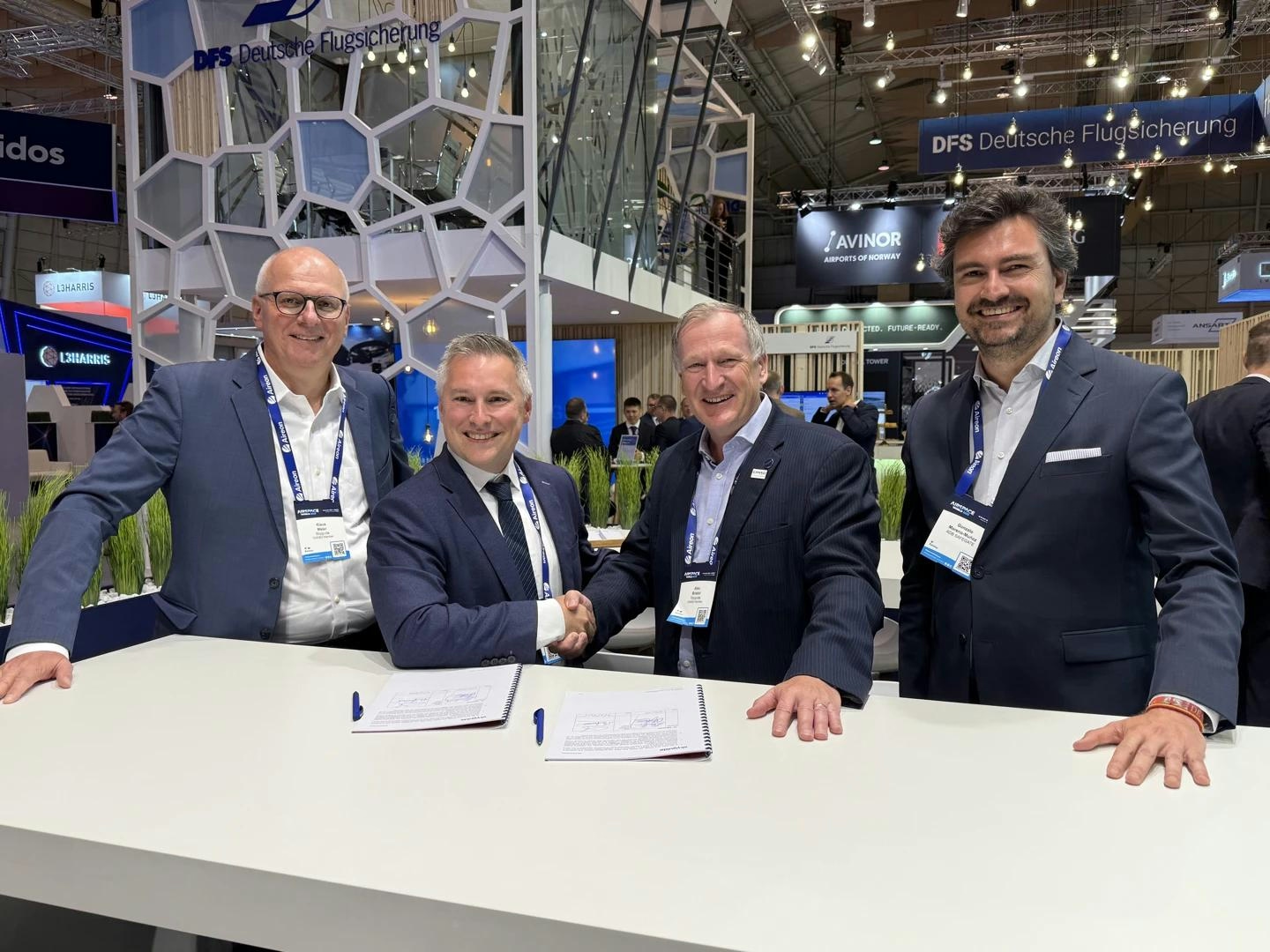
ADB SAFEGATE Receives Industry Awards for Marketing, R&D, and Social Impact

GA Telesis Secures Five-Year Landing Gear Overhaul Agreement with Major U.S. Carrier
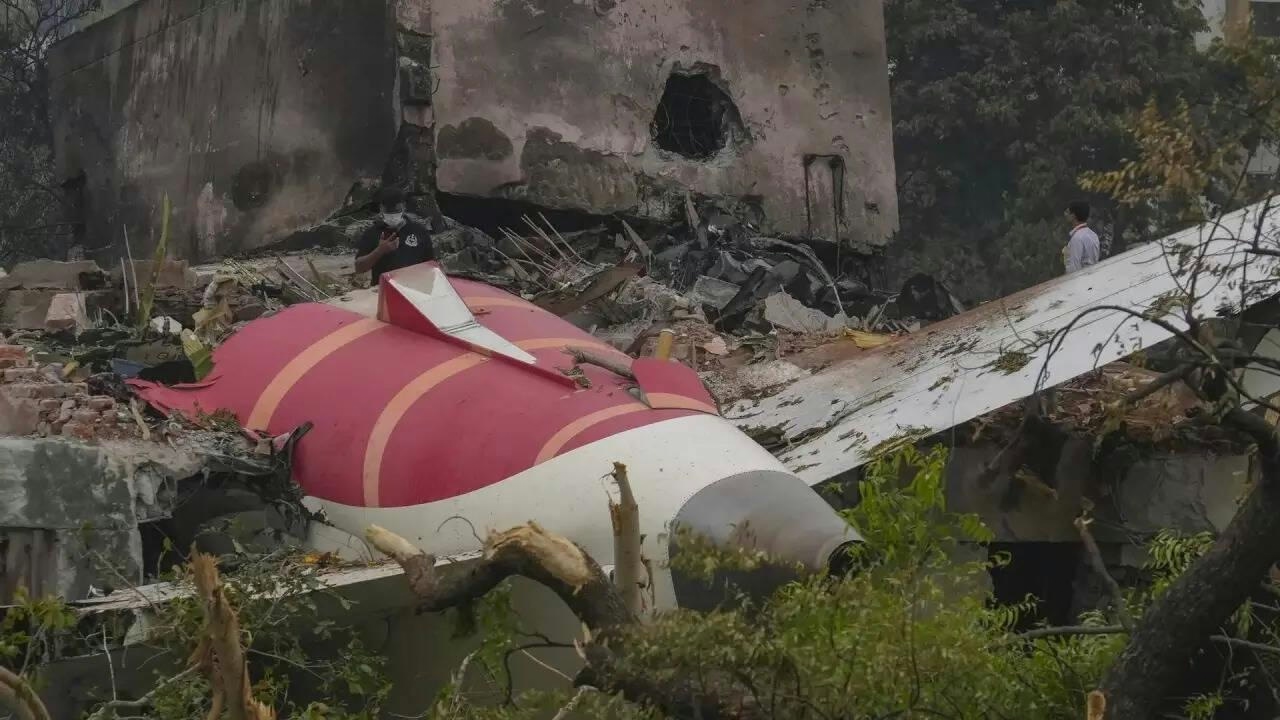
Government Strengthens Aviation Safety Framework Amid AI-171 Investigation
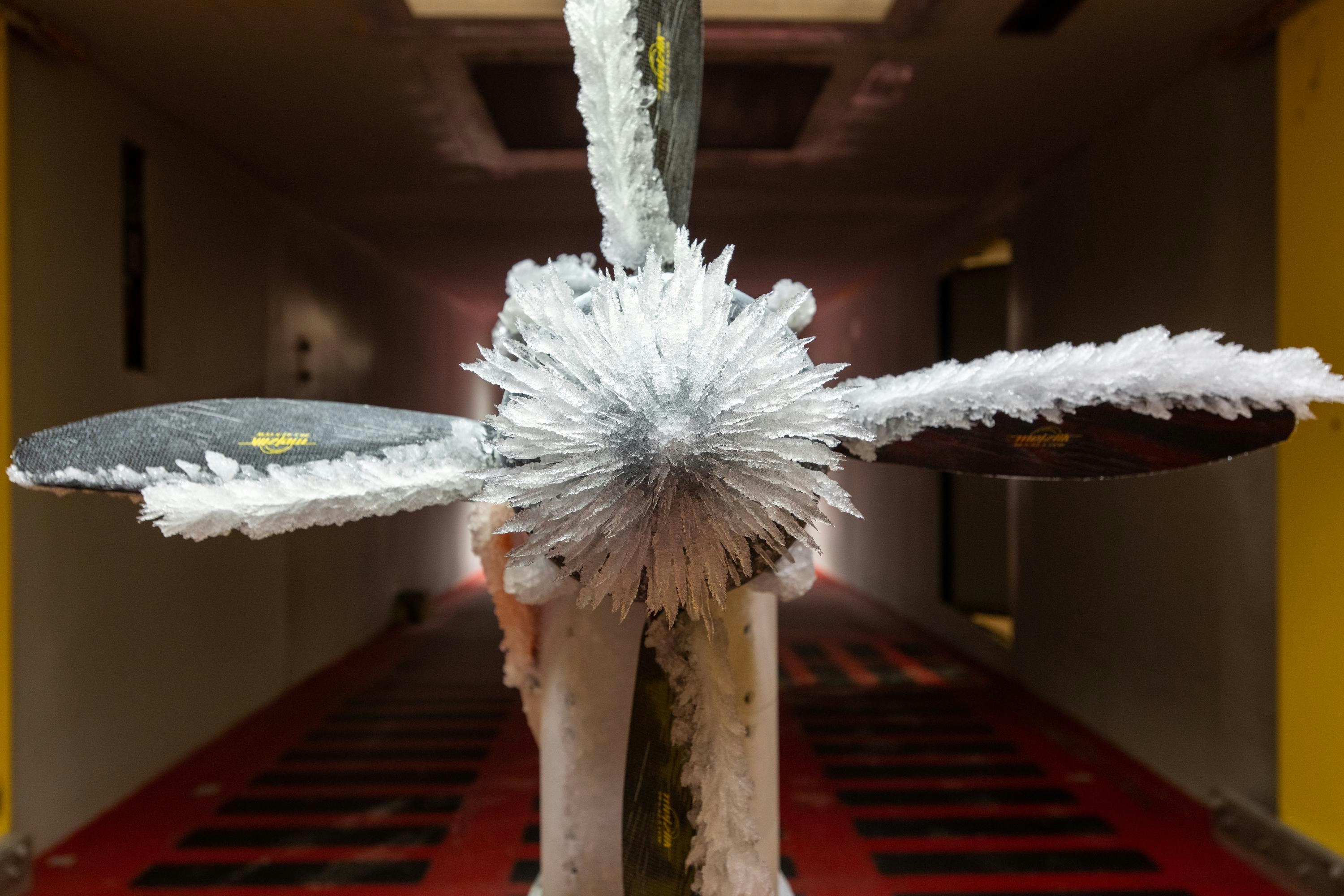
NASA Software Raises Bar for Aircraft Icing Research
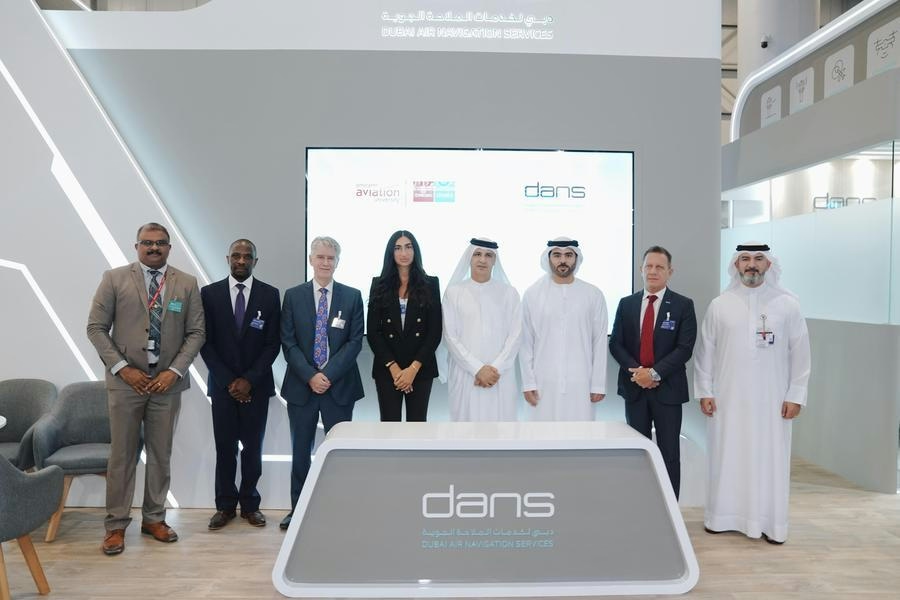
Dans and Emirates Aviation University Partner on AI Air Traffic Management Research
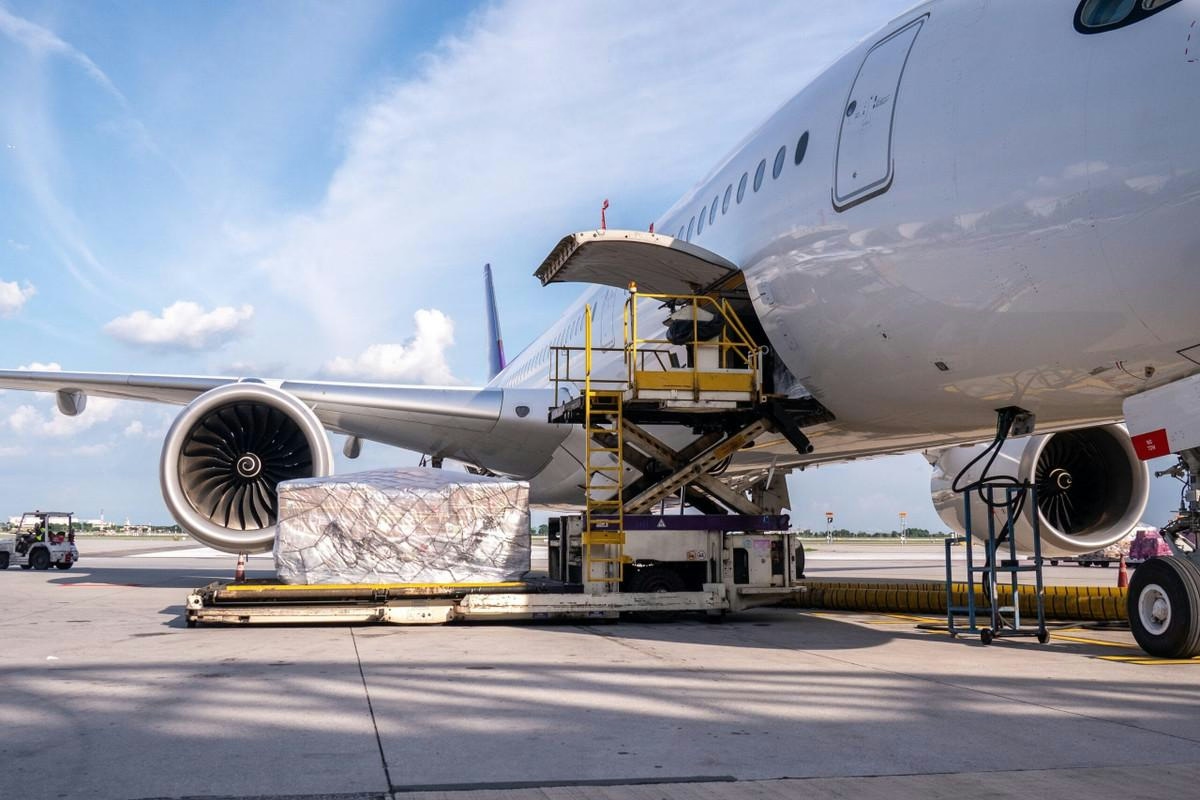
Nigus and AXISCADES to Develop Nigeria’s First Major Aviation MRO Hub
